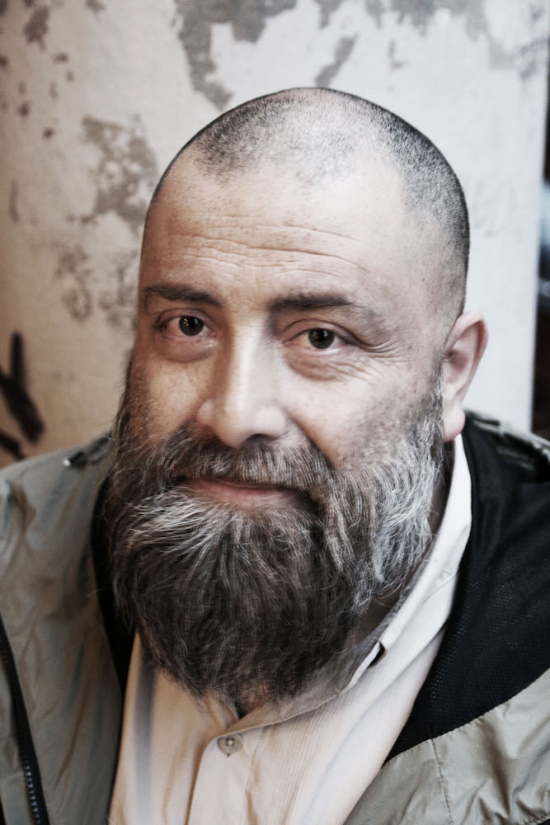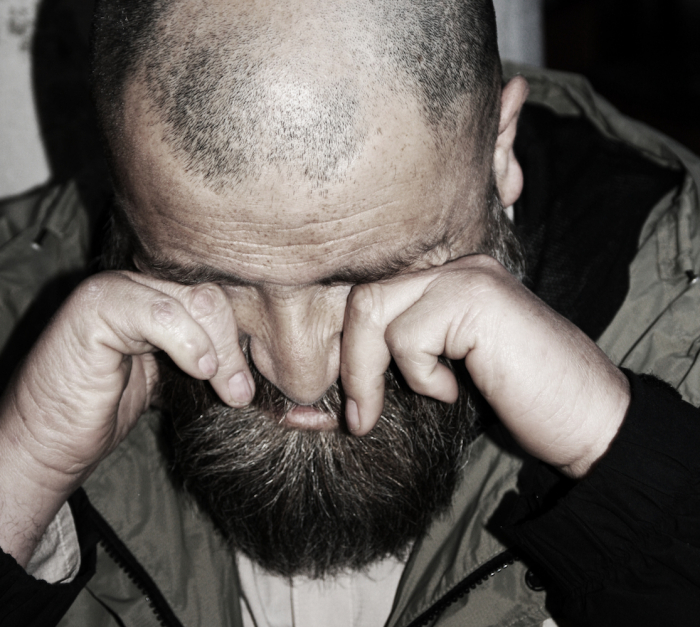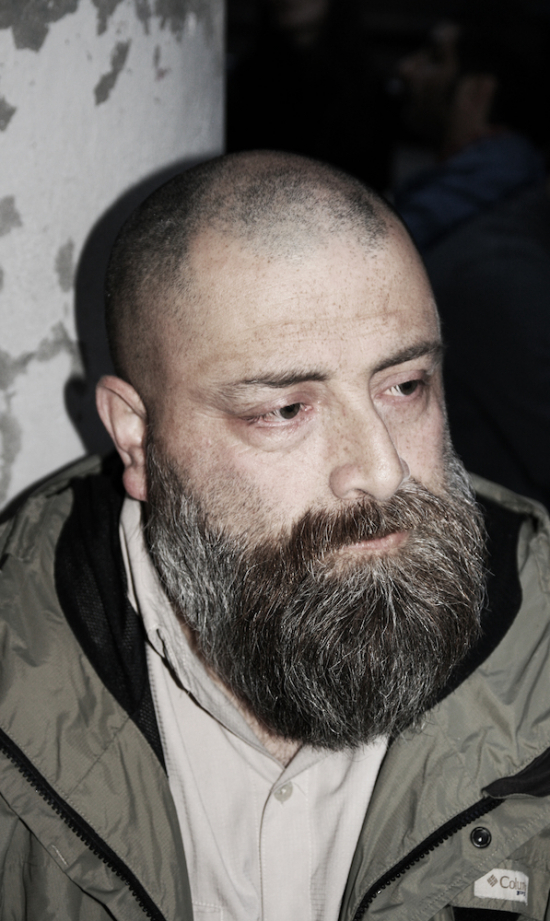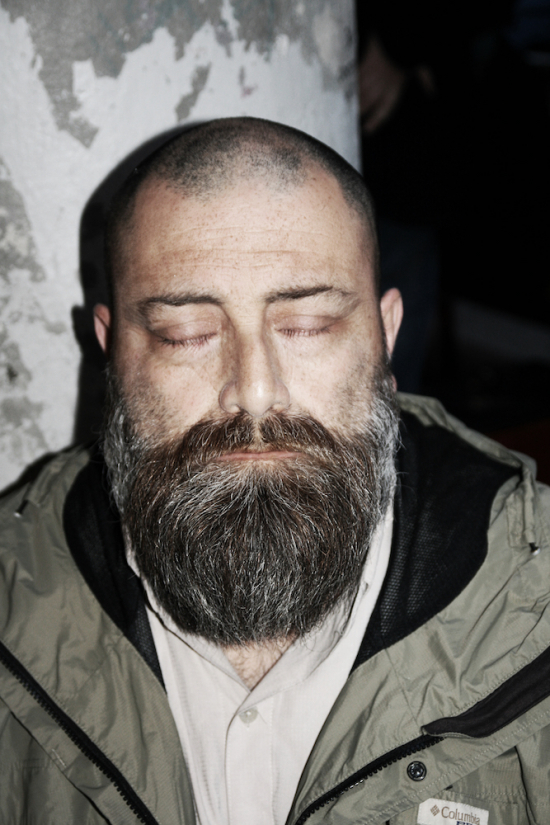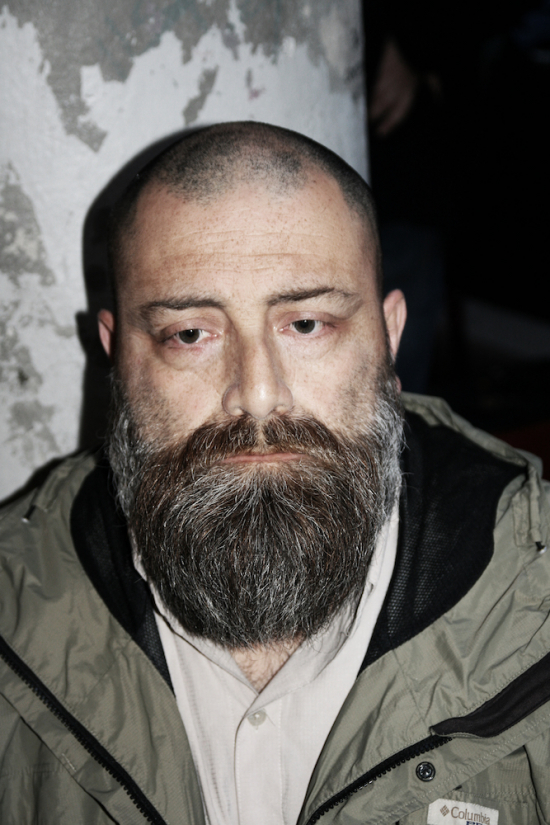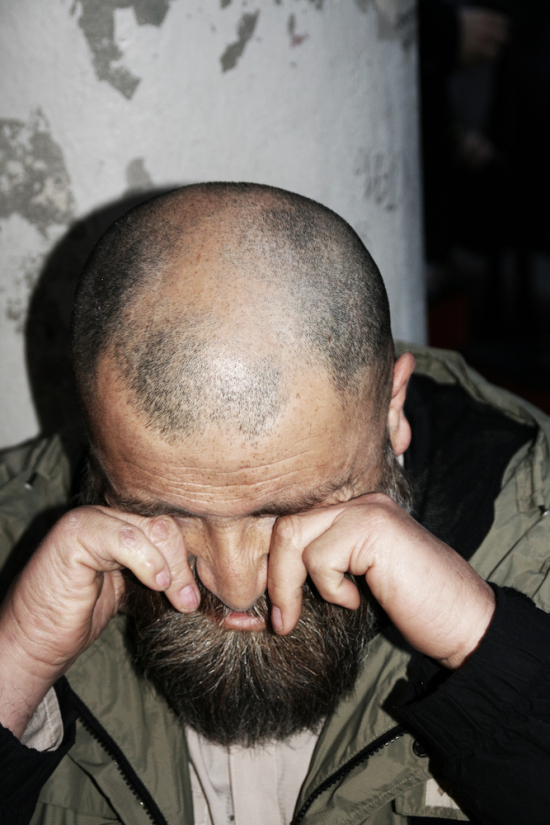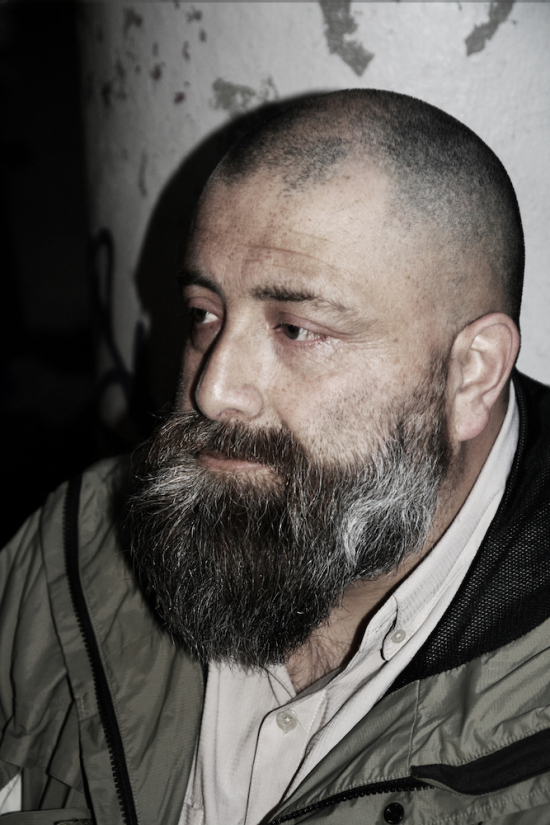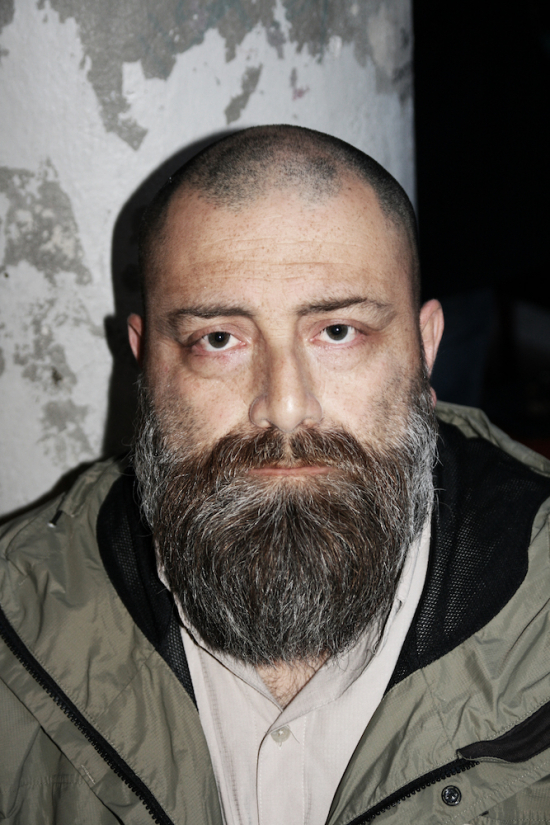CLAUDIO ROMO AND DELUSION
by Lina Vergara Huilcamán
I was born into a typical Catholic Chilean family and I grew up surrounded by two things: the issues of El Peneca, an illustrated weekly magazine for children that was published in Chile from 1908 to 1960, and Christian iconography. At home there were saints everywhere and they were used to control me when necessary, like the Christ of Veronica, a horrible image of a suffering and blood-stained Jesus which was shown to me every time I stepped out of line and which paralysed me. That is how I understood the importance of images and how to use them. I used to spend a lot of time with my grandfather, who had been an infantry instructor in the Navy and didn’t like when children wasted time, he wanted everybody to do something, all the time. My brother, who was good for nothing, had to march, whereas I had to draw. This is how we spent all our weekend afternoons: my brother marching and I drawing. I drew a lot of portraits of my grandpa, and he liked it. I couldn’t refuse to draw, because my grandpa had been an infantry instructor in the Navy, and we had a very warm but also very manly relationship. I loved him very much. He had an old house in the harbour, henhouses and mousetraps everywhere, and when the sparrows came my grandpa grabbed them and squashed their heads because he didn’t want them to eat the food for the hens. My grandpa had been a serviceman in the Navy, he had killed people, he had been tortured, he had led a hard life. He was my mother’s father and I called him Pancho. He would send me to the beach to collect shells that he chopped up and mixed with the corn for the chickens in order to harden the shells of their eggs, and when his feet hurt and swelled, I would go and take long threads of luche, a seaweed, which I used to wrap them up and reduce their swelling. We loved each other dearly and when he died, I felt like I had lost my father. He was 86 years old and I was about 16. Then my mother died, I was in Mexico at the time and I felt deeply sorrowful. I didn’t fall down and didn’t cry, but the sorrow has never gone away. Up until then, sorrow had been a great suffering that eventually would fade away, whereas the sorrow I felt for my mother’s death stayed with me and I started to live with it.
I have always had friends, good friends, but I have kept on drawing all the same, it was a daily practice that gave me pleasure. I studied fine arts pedagogy at university, I wanted to become a teacher and I specialised in etching. I also started to make books, I have always loved to do etching like I was creating a book page, I consider etching as part of a book, I don’t like it as an independent work, I have always perceived it as a fragmented structure which needs a sequence to be complete.
I moved to Mexico to study and I soon became broke, so I took my works and showed them to some publishers. They were rejected many times until I knocked on the door of Fondo de Cultura Económica and began to work.* When I went back to Chile with my book by Fondo de Cultura I got some other rejections, but then I met Paulo Slachevsky of LOM ediciones and we started to make books together. I also make books with my friends, between us. I love drawing! I love stories! I love making books! We (westerners) consider drawing and writing as two completely different worlds, but this is a cultural phenomenon with a defined origin, it is not an Aristotelian entelechy. At a certain point in history, drawing and writing were the same thing and over time they split, but text is image. According to our logocentric culture, images are less true than text. The “story” between image and text is a delusion, because they are the same thing, I always consider drawing as a text, a narration, as something to say, I think drawing without a content is just decoration. Decoration is meaningful, too, everything is meaningful, but on a different level. Text is image, typography is abstract imagery. The text is filled with meaning, whereas the image is open to meaning and does not have one in itself.
When they showed me images of Bible stories I liked them, they aroused my emotions, and only later I started to understand that they were just images and became aware of their power. Language is a powerful weapon: we, the most innocent ones, were given language and have become the most dangerous ones because we rave and we transform our delusion. This is why I am interested in images as a narration, because it is power to build reality. We inhabit language, without language we would be nothing, we would be immanence, but through language we get out of the grass, out of the water and draw houses that we transform into houses, deities that we transform into Gods. Everything we inhabit was imagined by somebody after all, and then drawn and built up, but first of all it was imagined, so I always tell children that drawing is a form of reality but with a different status, it is not complete reality, but inside our mind that inhabits language it is a reality anyway. The Virgin Mary is a reality status for those who believe in her, and so is Santa Claus. Some people live in an imaginary world, because language is a delusion.
Delusion means to believe that things that aren’t ARE. To believe in democracy is a delusion. I always explain different topics to my students, i.e. illustration and propaganda, the delusion of Nazi propaganda and its elements; with them I undertake an iconographic analysis so that they can extract something and learn to read. Or I teach them drawing as a utopia, I like to look for illustrators who have also been architects, so I have found an Eighteenth-century French illustrator, Étienne-Louis Boullée, who drew Newton’s Cenotaph, aiming to arouse cosmic sensations in the observer in front of a space conceived to reproduce the immensity of the universe. I tell my students that utopias do not live in reality, they live in its reflection, in its drawing, so being an illustrator means being a utopist. Soviets built utopian towns where they’ve never actually lived, they built them on paper, through photomontage. I always read to my students a passage from On Exactitude in Science by Jorge Luis Borges, “… In that Empire, the Art of Cartography attained such Perfection that the map of a single Province occupied the entirety of a City, and the map of the Empire, the entirety of a Province. In time, those Unconscionable Maps no longer satisfied, and the Cartographers Guilds struck a Map of the Empire whose size was that of the Empire, and which coincided point for point with it. The following Generations, who were not so fond of the Study of Cartography as their Forebears had been, saw that that vast map was Useless, and not without some Pitilessness was it, that they delivered it up to the Inclemencies of Sun and Winters. In the Deserts of the West, still today, there are Tattered Ruins of that Map, inhabited by Animals and Beggars; in all the Land there is no other Relic of the Disciplines of Geography.” A delusion, which nevertheless exists although it is not made of bricks, because it exists in people’s imagination, in their spirit. I try to teach my students that reality is not always something that can be touched, and that de facto we do inhabit a reality in our culture and in our faith.
Claudio Romo teaches at the University of Concepción in Chile and has published with #logosedizioni A JOURNEY IN THE PHANTASMAGORICAL GARDEN OF APPARITIO ALBINUS (April 2016)
This conversation with him was recorded between mouthfuls in a trattoria in Bologna on April 2, 2016.
*El cuento de los contadores de cuentos,
Nacer Khemir/Claudio Romo
Fondo de Cultura Económica, 2004

